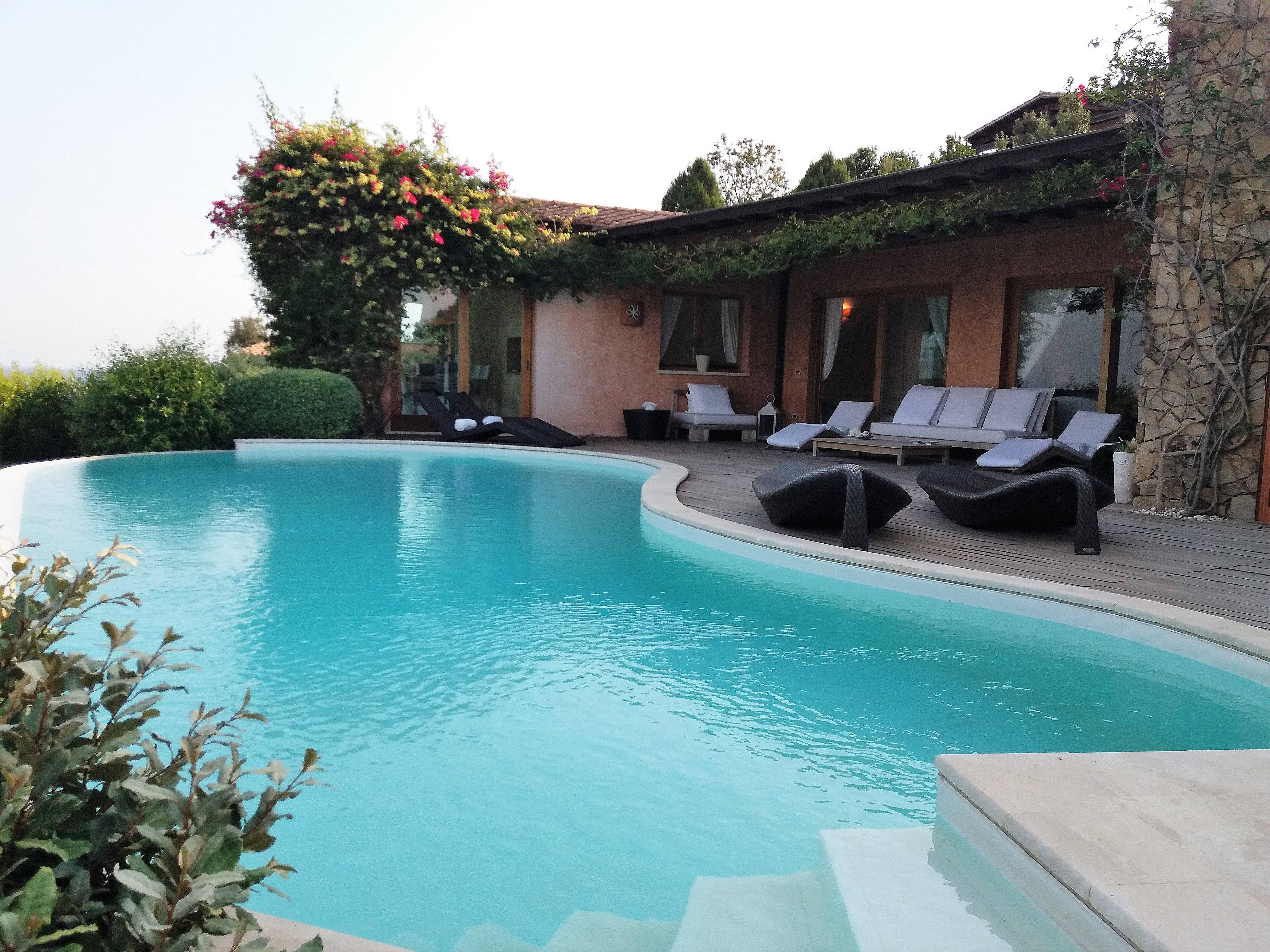
The study deals with several issues, aiming at clarifying the basic aspects of the biology of the species, especially useful for its conservation. In spite of this unfavourable conservation status, the available information on the ecology and behaviour of this species are still scarce, mainly due to its cryptic and crepuscolar habits.

Starting from the se cond half of the twentieth century, European populations undergone a strong decrease of abundance mainly caused by the loss of breeding habitat. This research focuses on the Stone curlew Burhinus oedicnemus (Charadriiformes, Burhinidae), an Eurasian steppic species of conservation concerns both in Europe and in Italy. Nonetheless, without convincing apomorphic traits linking Gymnodampia to any known apheredermous family of Brachypylina, we hypothesize that Gymnodampia has lost the eupheredermy characteristic of Ameroidea, and we place it in the family Ameridae on the basis of adult similarities. setata are apheredermous, but with a circular line of dehiscence, whereas known immatures of the superfamily Ameroidea are eupheredermous. conformis (Fujikawa) is considered a junior synonym of G. The ameroid genera Cristamerus Hammer, from Pakistan and China, and Defectamerus Aoki, from Japan, Korea, and China, are considered junior synonyms of Gymnodampia, and G.

nov., are proposed and described on the basis of adults, and a key is given for North American species of Gymnodampia. setata are described and aspects of their biology are presented. A revised generic diagnosis is given and the type species Gymnodampia setata (Berlese) is redescribed based on topotypic material from Missouri. Morphology, distribution, and habitat data are presented for three species of the oribatid mite genus Gymnodampia Jacot occurring in North America. Among these, Belorchestes gebennicus Grandjean, 1957 (Zetorchestidae), Microppia minus longisetosa Subías & Rodriguez, 1988, and Pluritrichoppia insolita Subías & Arillo, 1989 (Oppiidae) had never been collected in Italy, single individuals of Oxyoppioides and Thamnacarus probably belong to undescribed species, while Brachychthonius hirtus Moritz, 1976 (Brachychthoniidae), Mongaillardia aeoliana (Bernini, 1979) (Amerobelbidae), Berniniella aeoliana (Bernini, 1973), Lauroppia similifallax Subías & Minguez, 1986, Ramusella (Ramusella) gyrata (Mahunka & Paoletti, 1984) (Oppiidae) and Ophidiotrichus oglasae Bernini, 1975 (Oribatellidae) are new to the Sardinian fauna. They are remnants of the original populations of Sardinia and the western part of the Italian peninsula, resulting from the complex tectonic events that formed the western Mediterranean basin.

Besides a majority of eurytopic and widespread species representing the main part of the edaphic communities in Mediterranean landscapes, some rare and characteristic species are recorded.

The faunistic knowledge of the oribatid mites of Sardinia is rather poor, the present research represents one of the first contributions for the main Sardinian island. Significant differences in species diversity, abundance and Berger-Parker index of dominance were found among the different vegetation types throughout the sampling period, and non-metric multidimensional scaling (n-MDS) ordination confirmed a clear separation between the three coenoses, showing how oribatid assemblages are significantly affected by habitat evolution. A total of 1,180 oribatid mite specimens, belonging to 67 different species, were extracted from soil samples. Oribatid mite communities were investigated at five sites in SW Sardinia (Carbonia-Iglesias and Medio Campidano provinces) in three representative habitat types: holm oak (Quercus ilex) forest, cork oak (Quercus suber) forest and pineland (Pinus radiata and P.


 0 kommentar(er)
0 kommentar(er)
